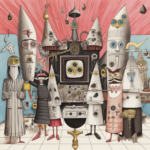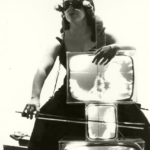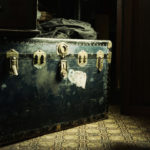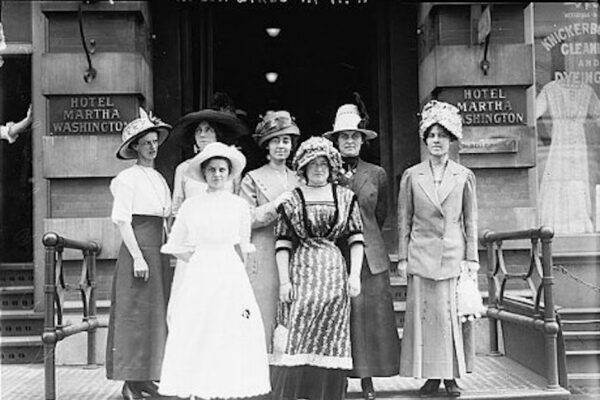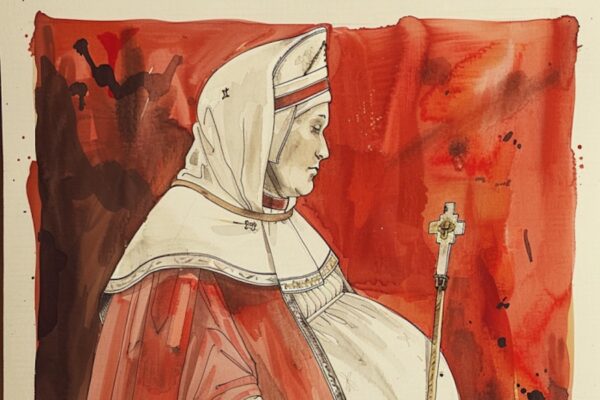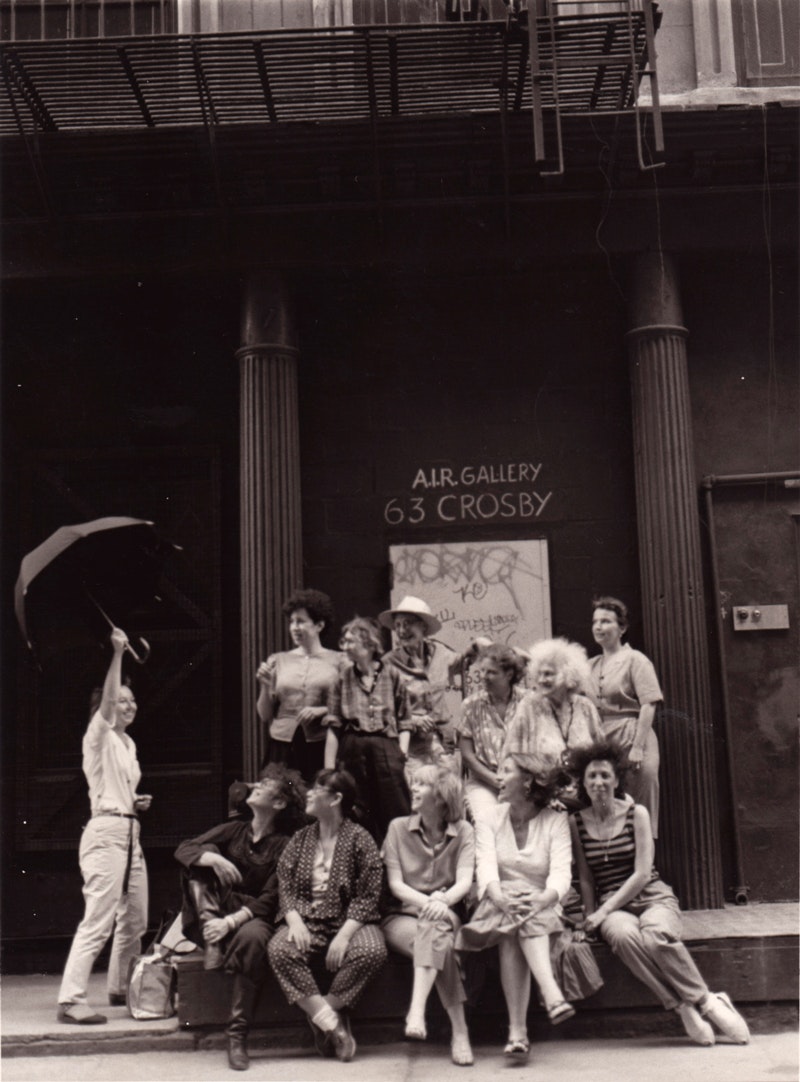
When Francoise Gilot split from Picasso, he prevented galleries from buying her work. Camille Claudel’s lover, Augustin Rodin, signed a number of her sculptures as his own, and after their romance ended badly, it’s rumored he told the Ministry of Fine Arts to stop commissioning her. If you walk through any museum, you’ll often see women as muses, presented in portraits, painted as caretakers, and adored as queens, alongside many other demonstrations of femininity. Women have been essential to art throughout the ages. It seems we are necessary for inspiration, not so much for creation. Even with women like Gertrude Stein, Georgia O’Keefe, Frida Kahlo, or Peggy Guggenheim, history proves that art has always been a boys club in all of its expressions. For best friends and artists Susan Williams and Barbara Zucker, the difficulty they experienced as women artists trying to find opportunities without men’s backing, was the fuel for their dream’s fire. In 1972, the formed the first all-female artists cooperative in the United States.
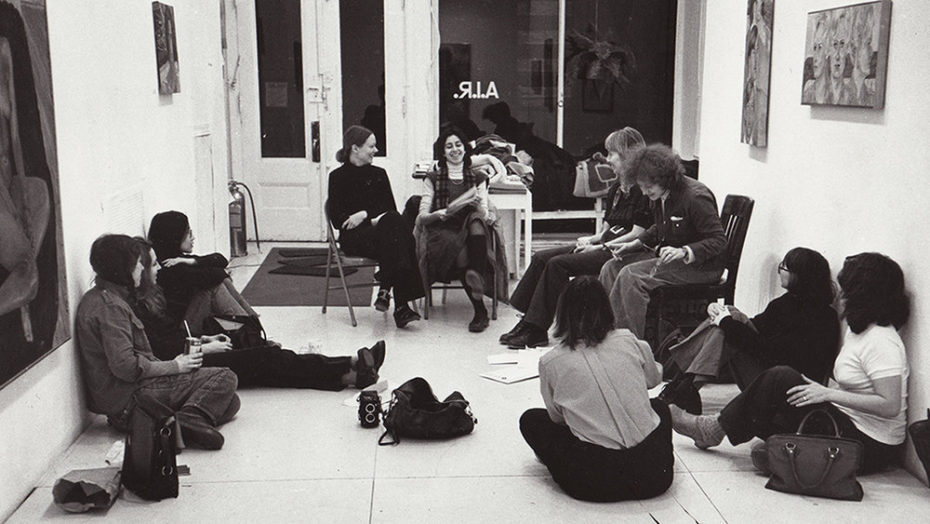
Not long after a female-led protest at the Whitney Museum made headlines in 1970 highlighting the imbalance of women artists represented on the walls of the Manhattan institution (less than 5%), a group of twenty female artists, including Dottie Attie and Howardena Pindell, met for the first time in March 1972. The first thing they needed was a name. After some debate, A.I.R. Gallery, the short form of Artists in Residence, won.

In September of that year, A.I.R. Gallery held its opening show at 97 Wooster Street. Ten of the twenty founding members presented their work to the world that night. Major news outlets showed interest, such as The New York Times, which covered the event.
The exhibition attracted many curious people, but not all supported the new gallery. After seeing the exhibition, one man said, “Okay, you did it; you found 20 good women artists. But that’s it.”
A.I.R’s creation coincided with the Feminist Art Movement in the United States during the 1970s. One of the most iconic images of the feminist art movement was a piece by A.I.R member Mary Beth Edelson. A take on Leonardo da Vinci’s The Last Supper, the image addressed the role of religious and art historical iconography in the subordination of women. Edelson was also aligned with and influenced by the Goddess Movement which sprung up around the same time as a reaction to perceptions of predominant organized religion as male-dominated.
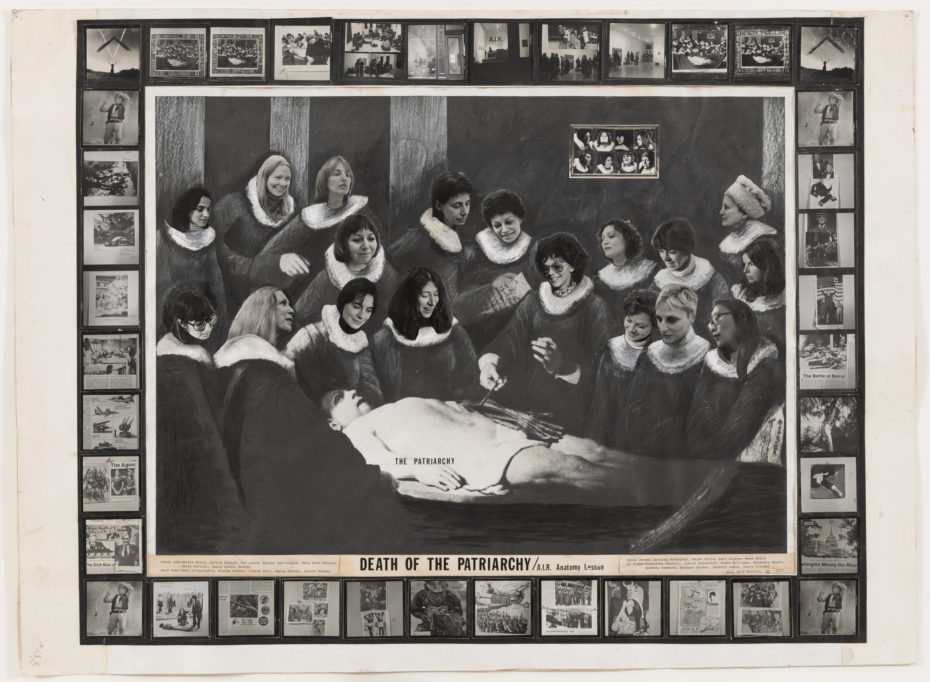
As the Feminist Art Movement gained traction in America, art historian Linda Nochlin published a widely-read article in 1971, asking “Why Have There Been No Great Women Artists?” Early A.I.R. member wrote that the A.I.R co-op was founded “because, despite gains made by the early women artists’ movement, the majority of the emergent women had no place to show their art”. Indeed, most works shown at commercial galleries in New York City at that time were almost exclusively by male artists. She outlined three important tasks to further the understanding and promotion of works by women:
- Find and present current and historic art works by women
- Develop a more informal language for writing about art by women
- Create theories about the meanings behind women’s art and create a history of their works.
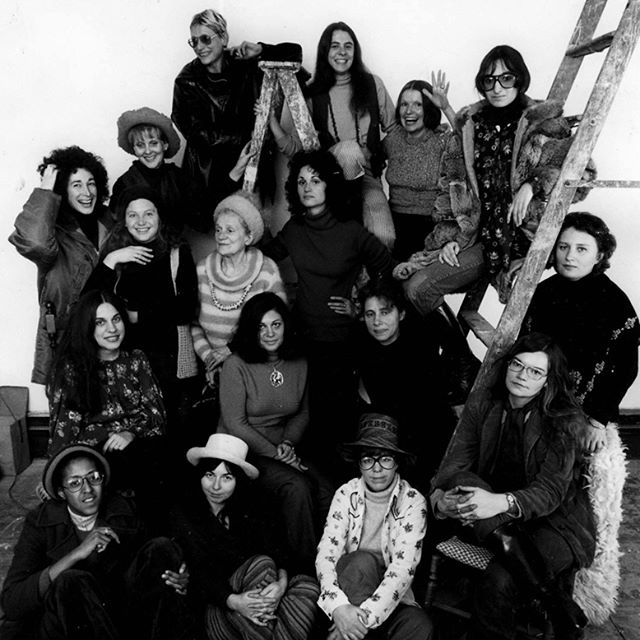
Since its opening, the gallery has presented shows by artists such as Judith Henry and wrestler/artist Rosalyn Drexler succesfully. Moreover, in 1993, they started the Fellowship Program to help more women artists find their space in the art world. To this day, over 100 artists have been a part of the program.
A.I.R. still works as a co-operative, where members vote on virtually everything. Each artist is left to curate their show, which gives them freedoms and more control over their careers than a traditional art dealer would offer.
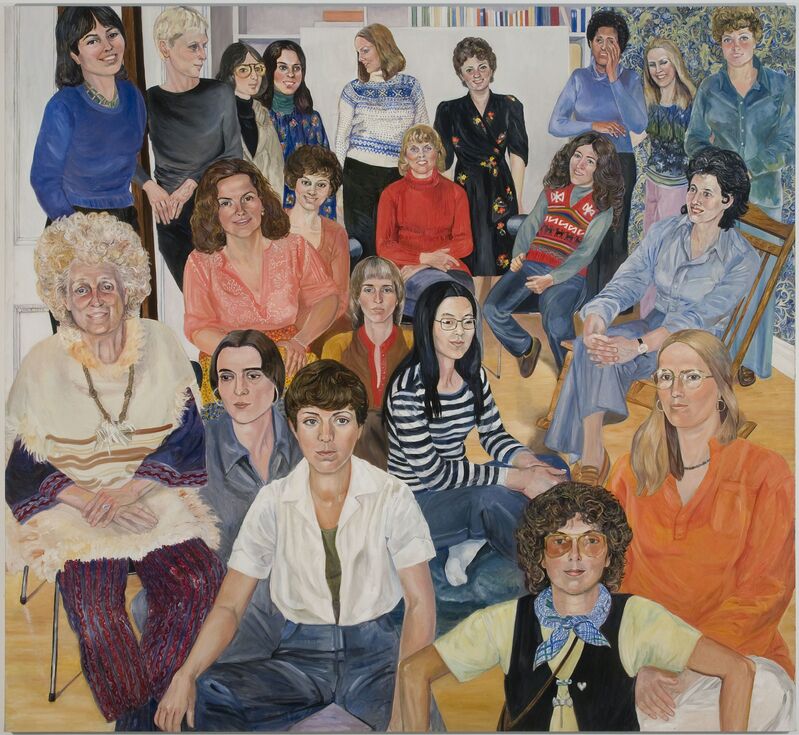
Yet, fifty years after A.I.R. Gallery’s opening, there’s still much to do. Women artists still struggle to get financial backing and recognition. As recently as 2016, the Guggenheim, Metropolitan, and Whitney Museum each had one solo show by women. The Museum of Modern Art had two solo shows by women. Guerrilla Girls reports that less than 4% of the artists in the Modern Art area of New York’s Metropolitan Museum of Art are women, but 76% of the nudes are female.
If all of this makes you want to help, you can become part of The Coven, a tiered membership for A.I.R., that supports their programs to help women get ahead in the art world.
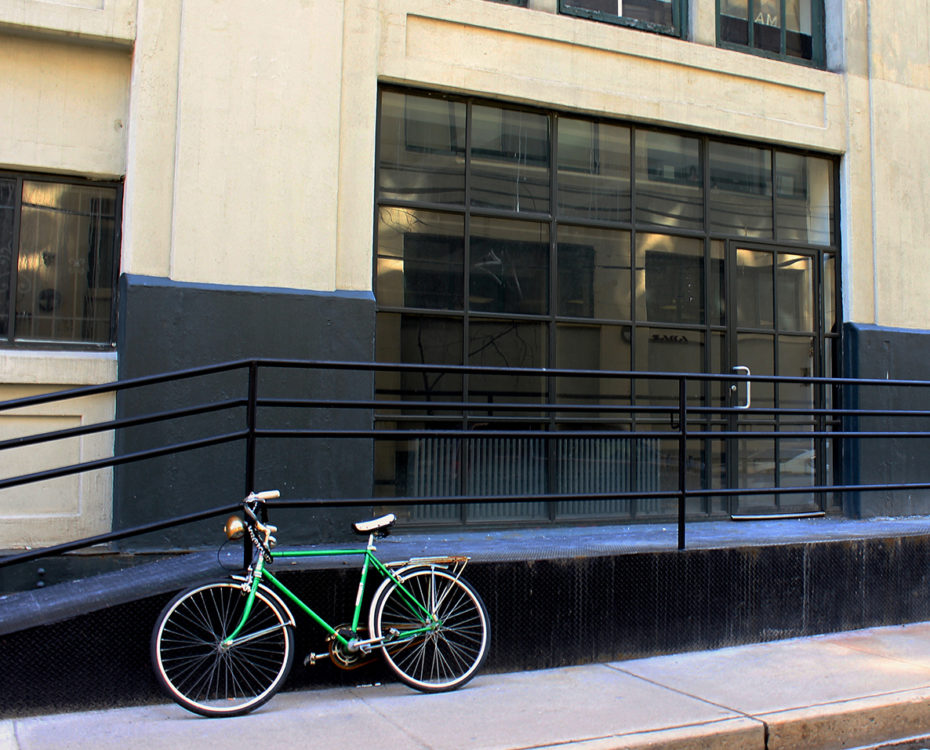
Also, next time you visit New York, add to your itinerary a visit to the A.I.R. Gallery, today located at 155 Plymouth Street.


